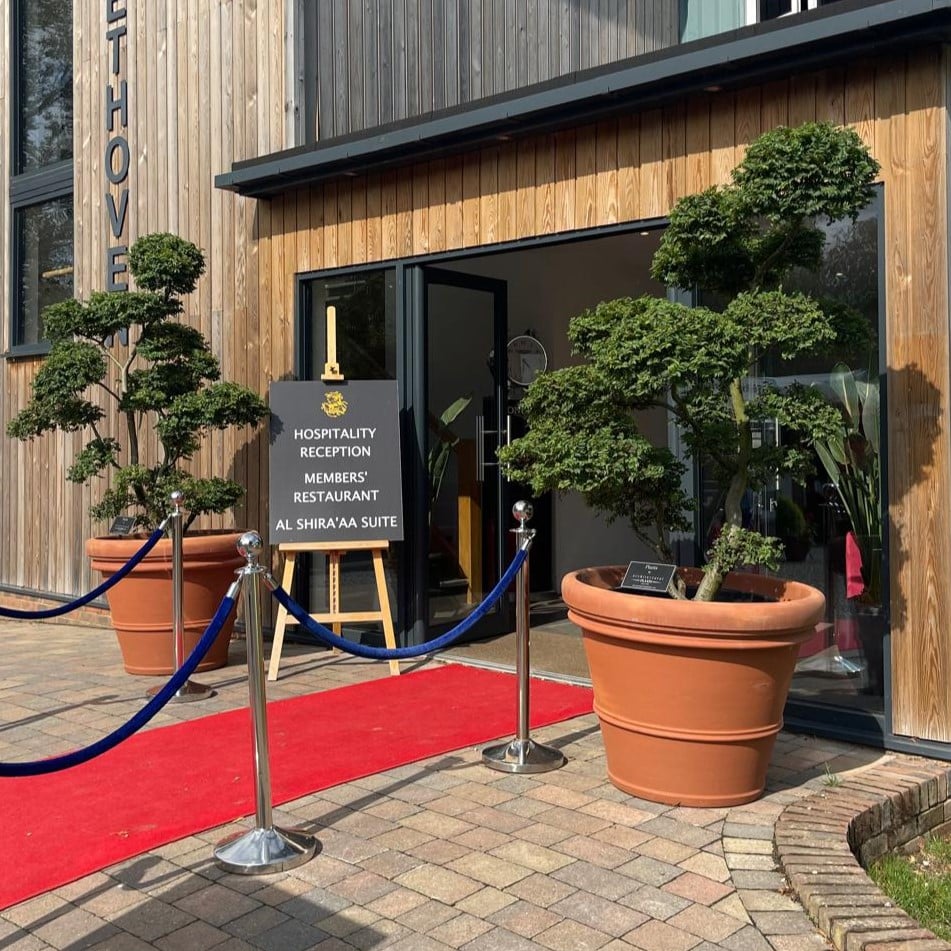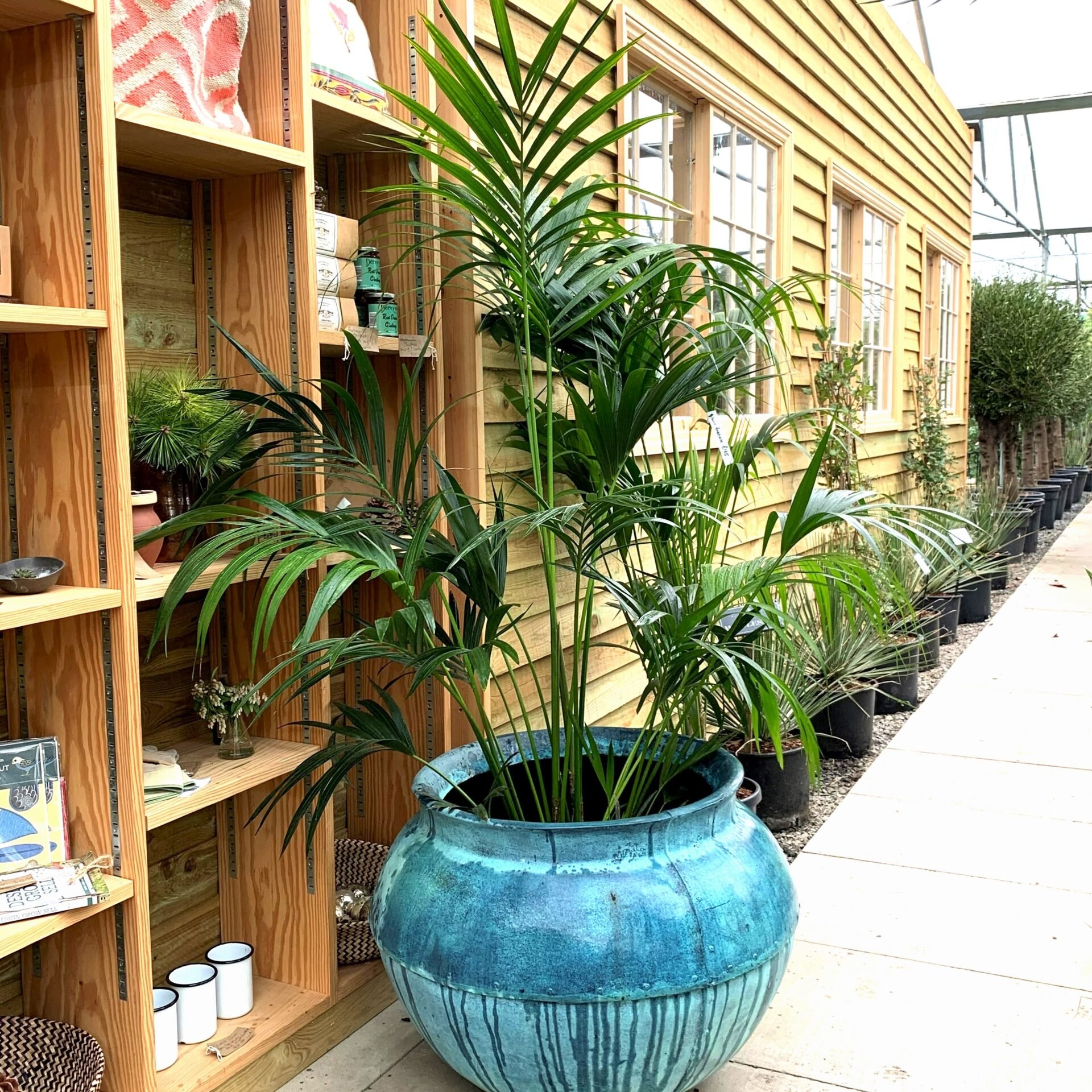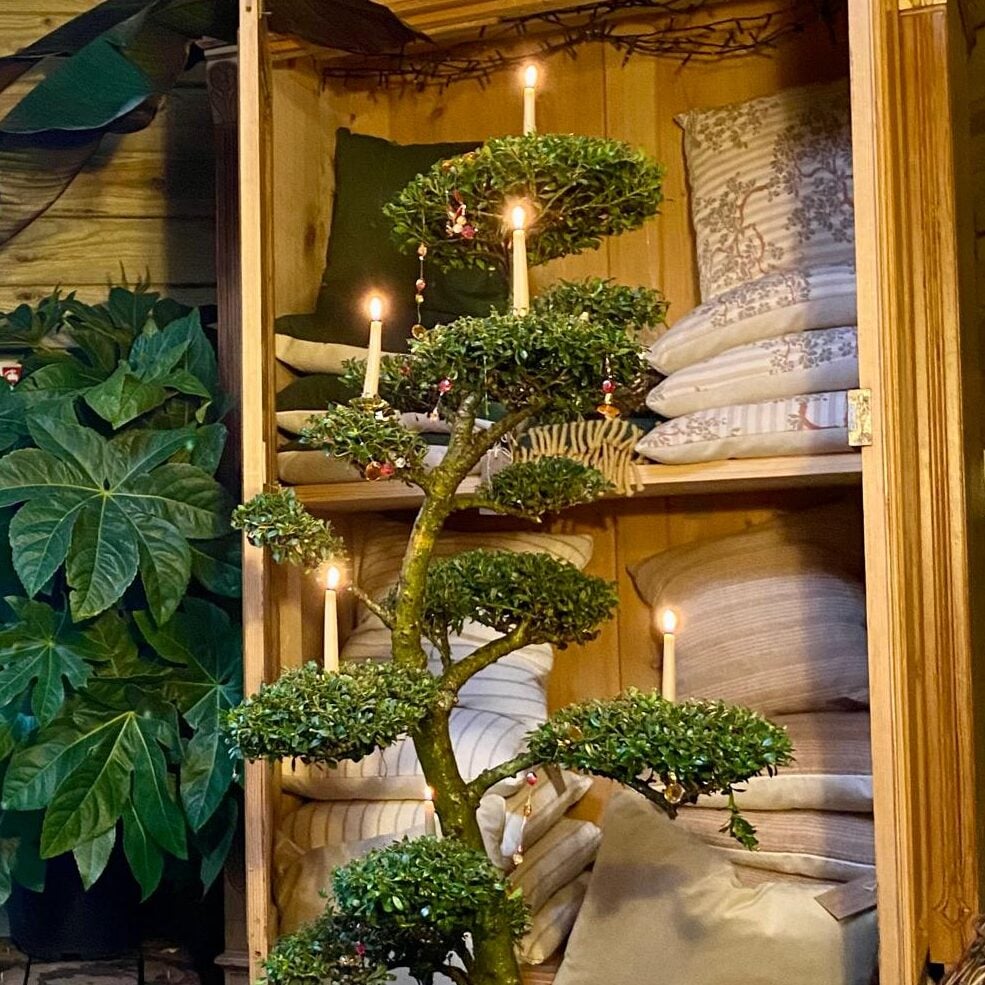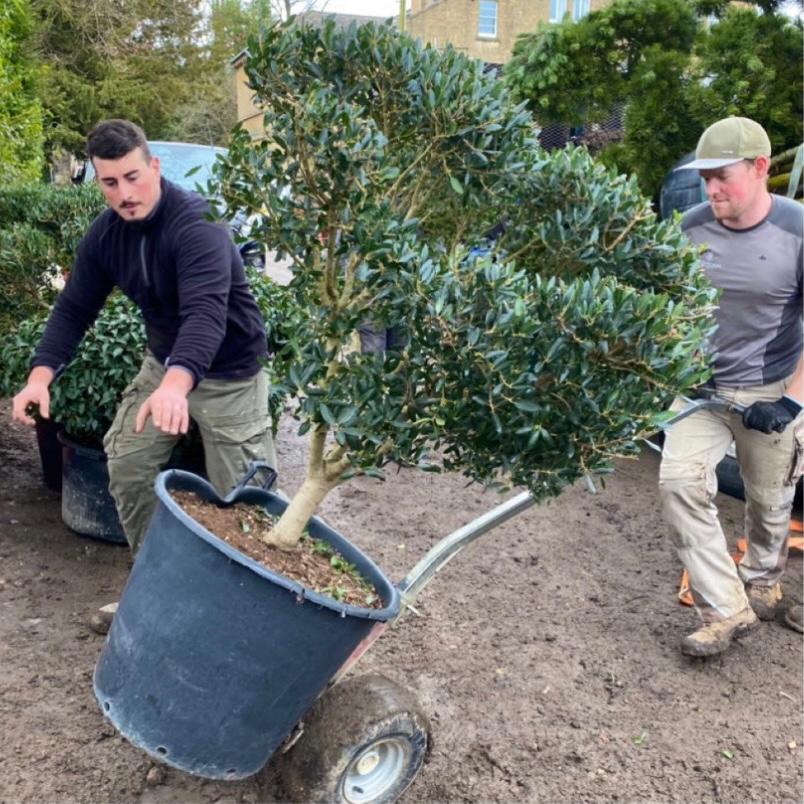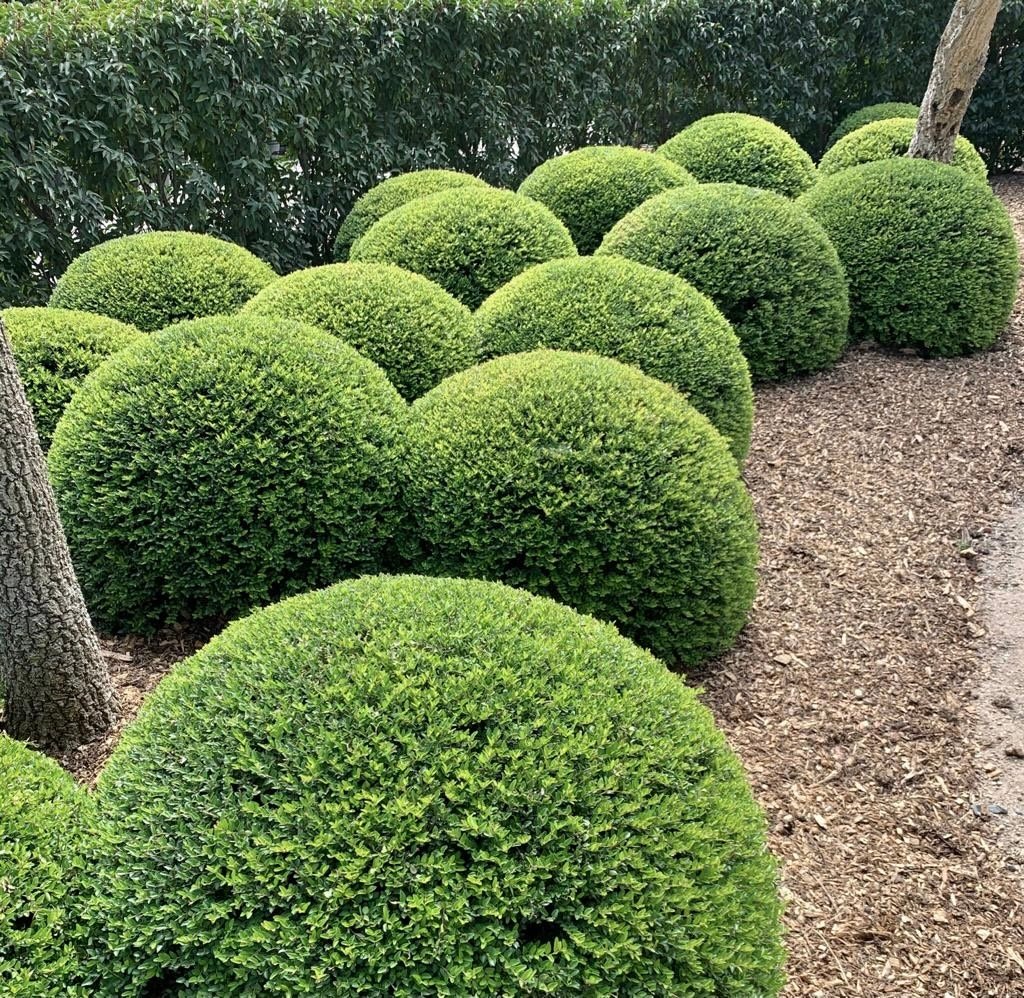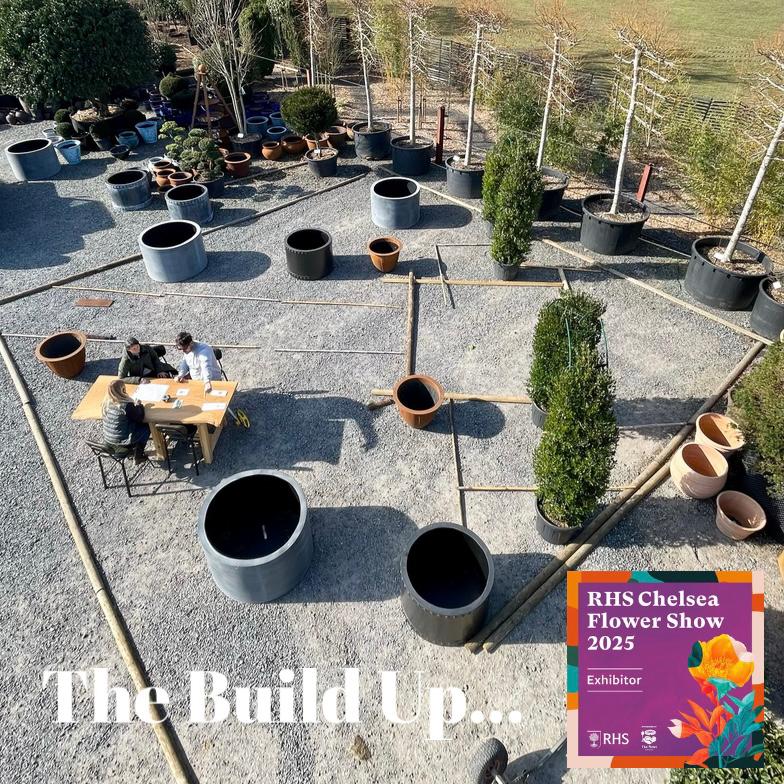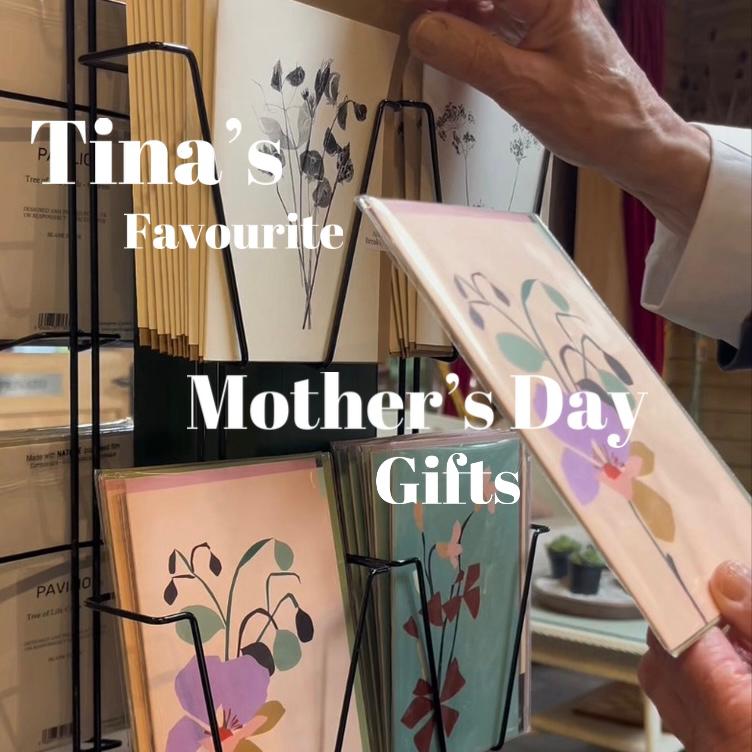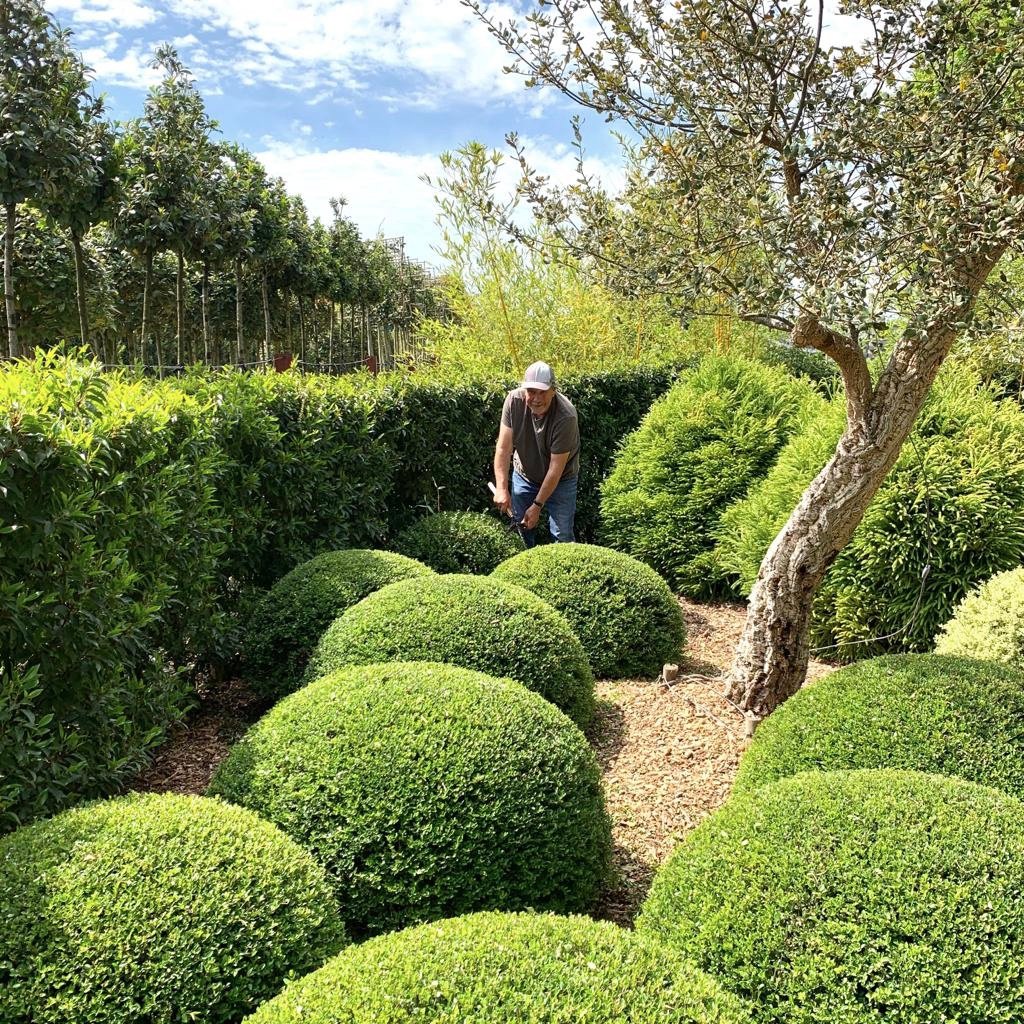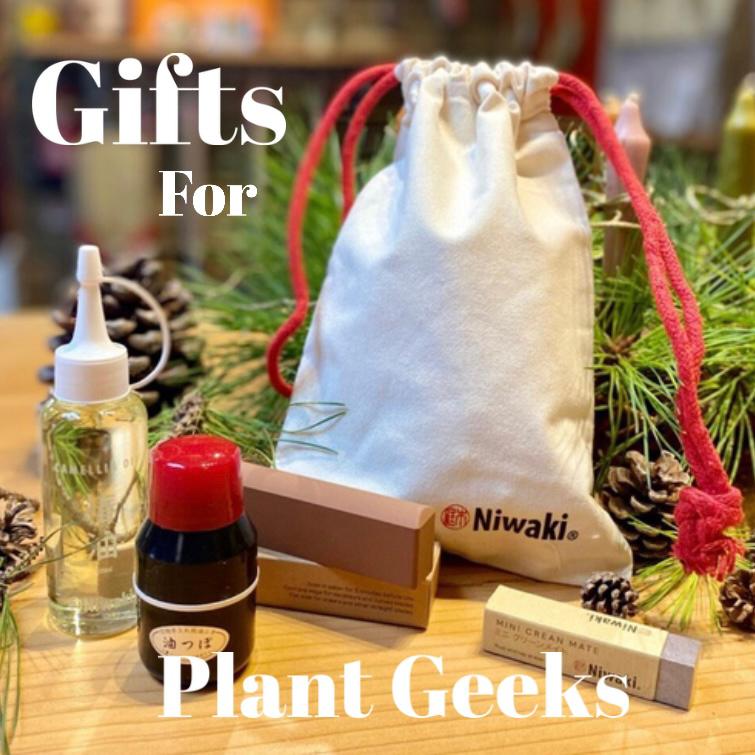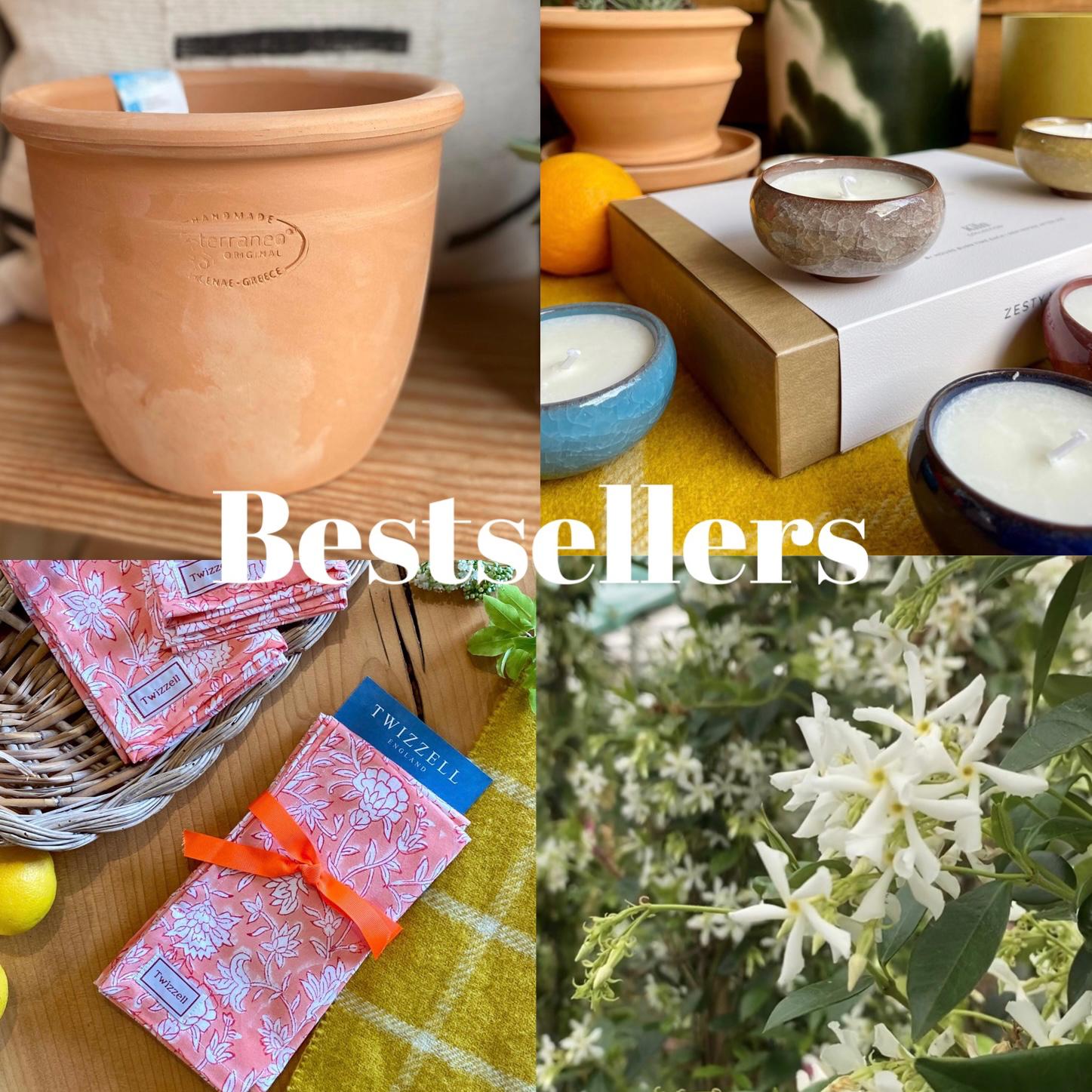Plants For New Homes: Part 1
Instant Impact: Dramatic, Hardy & Easy To Care For
Congratulations! At last, you’re into your new home. As you pause among the unpacking to look through a window into your new garden space, the odds are you’re confronted with a blank square of new turf or a muddled landscape of inherited plants.
A complete garden transformation might not be top of your priority list. The head space to imagine a major project might be lacking – as too your immediate budget. However, making a start on personalising your new plot with a few well chosen, reliable & long lasting gems needn’t tax your brain or your plastic. We can help you get going with a number of impactful plants that require the minimum of garden knowledge and tending from yourself.
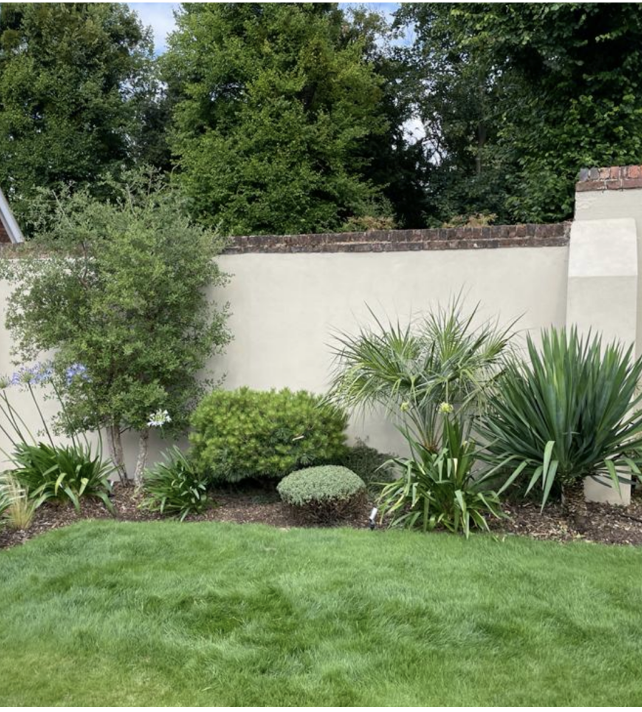
Classic flat lawn patch: A bold mix of texture, foliage and colour can be inserted instantly. In this example there’s spikes, tufts, puffs and pillows. It’s an instant transformation, and these plants are all tough customers to boot. Perfect.
Add some immediate interest and character to your new plot right now with these low-maintenance, evergreen, easy to care for plants.
Of course, you might have friends or family in this situation, and you’re looking for a plant to give as a house warming present. It only takes a few new plants to really create some bold character in your new plot.
Join us as we take a look at a list of suggestions that are, for want of a better phrase, ‘beginner-friendly’. They’re tough enough to accommodate a variety of soils and conditions and will inject instant impact into your new garden.
In Part 1 of this guide, our first five ‘plant-now’ species are all about volume and drama; the kind of things which can fill your garden quickly with glossy exotic texture, striking architectural form, or dramatic flowers and berry colours. Just what you need for instant impact in your new space. Plant any (or all) of these straight away to get off to a smart start. They will quickly lay the foundations of an exciting planting plan that can evolve as you go. The first ones are exotic, big-leafed and bold. Here are five of the best plants to plant straight away.
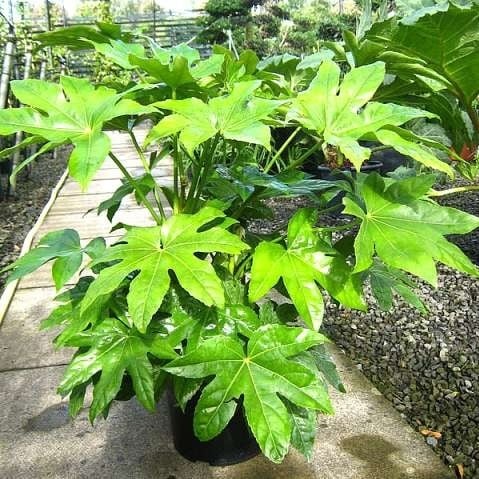
A happy Fatsia japonica will give you loads of big dramatic leaves: it’s a great corner-filler or bringer of volume and depth to shady borders.
1. FATSIA JAPONICA
The exotic one that’s great for drama, volume, shady spots and year-round interest. Coming from Japan, Fatsia japonica grows in spring and autumn rather than summer but they remain glossy and architectural all year round. They flower too, with a profusion of beautiful creamy flower heads – think dandelion on steroids. Ideal for a spot in dappled to full shade and happy on any old soil, really, so it’s super for a new patch. If cold weather comes after a mild autumn, some young growth will be affected but worry not – just cut off these leaves. It makes no difference to the plant in the long term. It copes well with frosts and recovers wonderfully as soon as the temperature rises. Not shy about getting big, it can grow to 10ft or more after 20 years. Plant now for instant oomph, and down the line you can under plant with colonies of foamy ferns and other shade-lovers as it gathers height and becomes more tree-like.
2. AUCUBA JAPONICA CROTONIFOLIA
A classic hard worker that’s perfect for colour, contrast, versatility and fortitude: Aucuba japonica ‘Crotonifolia’ (Spotted Laurel) is one of the easiest plants to have and care for. It is evergreen, tough and will grow anywhere. A fantastically useful bit of foliage for filling space, creating a backdrop or as a useful screening shrub to disguise something or shelter another thing. Their speckled or splashed leaves are splendid year-round, being especially glossy and vibrant through winter (when you need it most) and while their yellow frothy flowers are not showy they are followed by startlingly-scarlet berries that are very eye catching. Totally indifferent to soil type (as long as it’s not waterlogged) and stoutly defiant in the face of extreme temperatures, Aucubas are absolutely invaluable. If you don’t like this variegated variety you could swap it out for Aucuba japonica ‘Crassifolia’. With their happy tolerance of most aspects from deep shade to some sun, and you have a choice of reliable support acts to plant anywhere, right now. This one can grow to 6ft x 6ft in about 5 years.
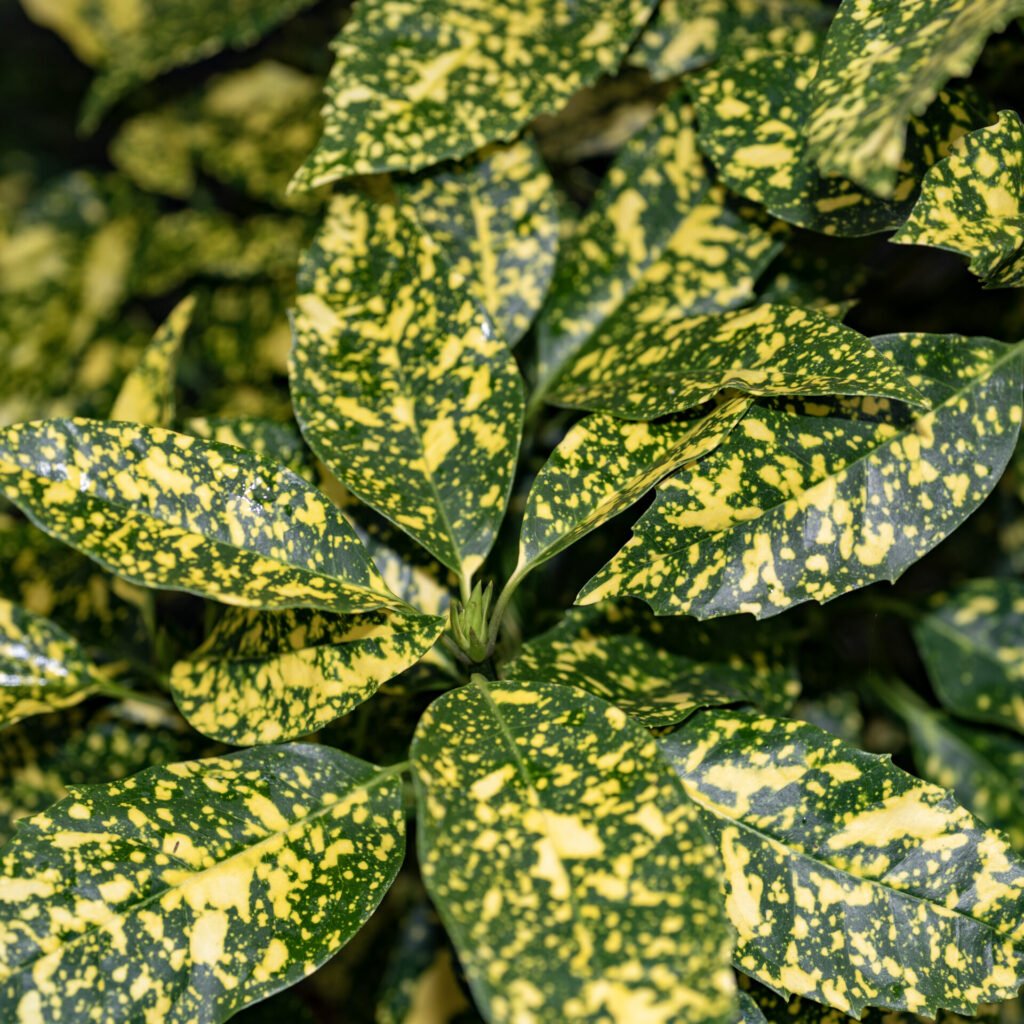
Splendid foliage all year round and a tough-as-nails constitution make Spotted Laurel a must-have addition to your new garden.
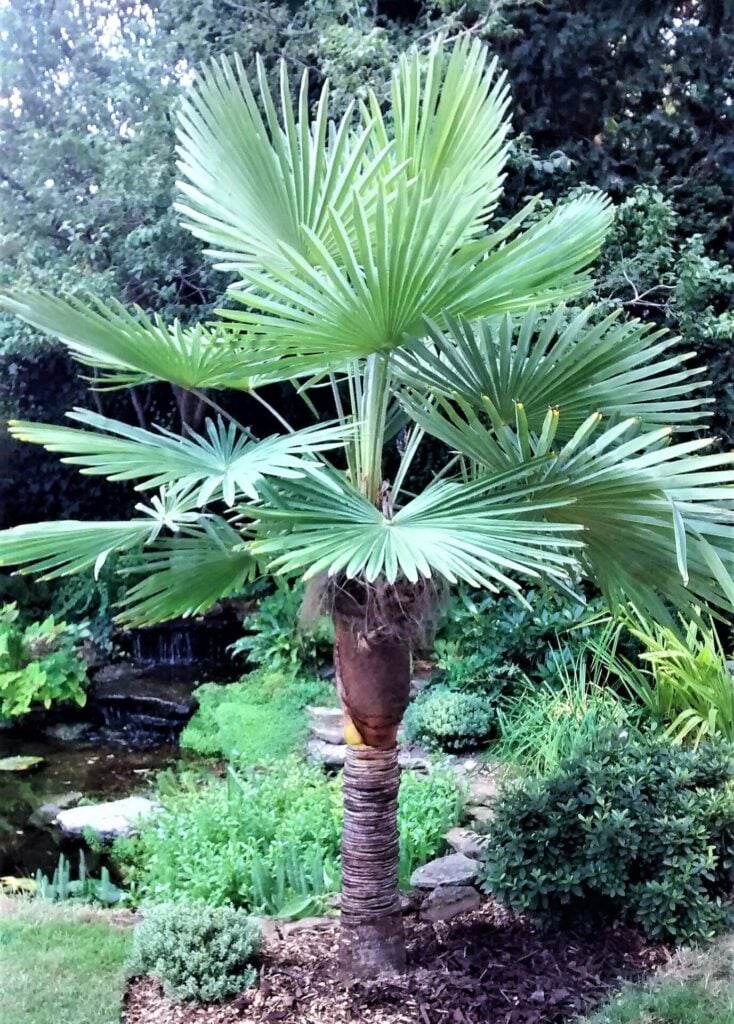
Trachycarpus wagnerianus is ‘the’ go-to palm for those wanting a touch of the true tropics. (They don’t have to be this tall).
3. TRACHYCARPUS WAGNERIANUS
The defining tropical statement that’s great for differing heights, making a focal-point, and instant architecture. Trachycarpus wagnerianus has a dramatic and defined silhouette that is both angular and feathered. If planted as a standalone specimen it can rule majestically over your new garden and will create a definite marker point from which to build your evolving planting plans around. It’s versatile, sitting brilliantly alongside contrasting textures and forms in a mixed border. Planted like this, it will add a bold and dramatic sharpness to break up a composition of more blended textures. Easy to care for, their strong spiky fronds are remarkably wind-resistant so if your new site is somewhat exposed it won’t suffer from the bed-head messiness of other fan-like palms, and aside the very occasional removal of a spent frond, it will remain neat and tidy at all times. Though happiest on deep and fertile ground, it will grow in any soil in full sun or part shade, and very very slowly, over 15 to 20 years a waist-high plant could possibly reach about 25 feet.
4. MAHONIA EURYBRACTEATA ‘SOFT CARESS’
A frothy and feathery one for the front of borders, amazing for filling gaps with soft texture in tough conditions. ‘Mahonia ‘Soft Caress’ is hardy, elegant and easy to grow but with a frondier, fernier and altogether less prickly texture to it that sets it apart from most other Mahonias. This one could be mistaken for a brush of small palms, especially when the breeze ruffles their pretty foliage. A terrific gap-filler to occupy those awkward not-quite groundcover and not-quite eyeline holes in a garden scheme, or to splash some greenery into a dark corner. Good for planting in a bare spot under the shady mass of a big tree you’ve inherited or haven’t dealt with yet. Quite slow-growing and bother-free, and it’s perfectly happy in a pot too, so a nice choice for a shaded courtyard or patio area if your new garden is one of those paved ones. Best in shade to indirect sun, and seems not bothered at all about soil type.
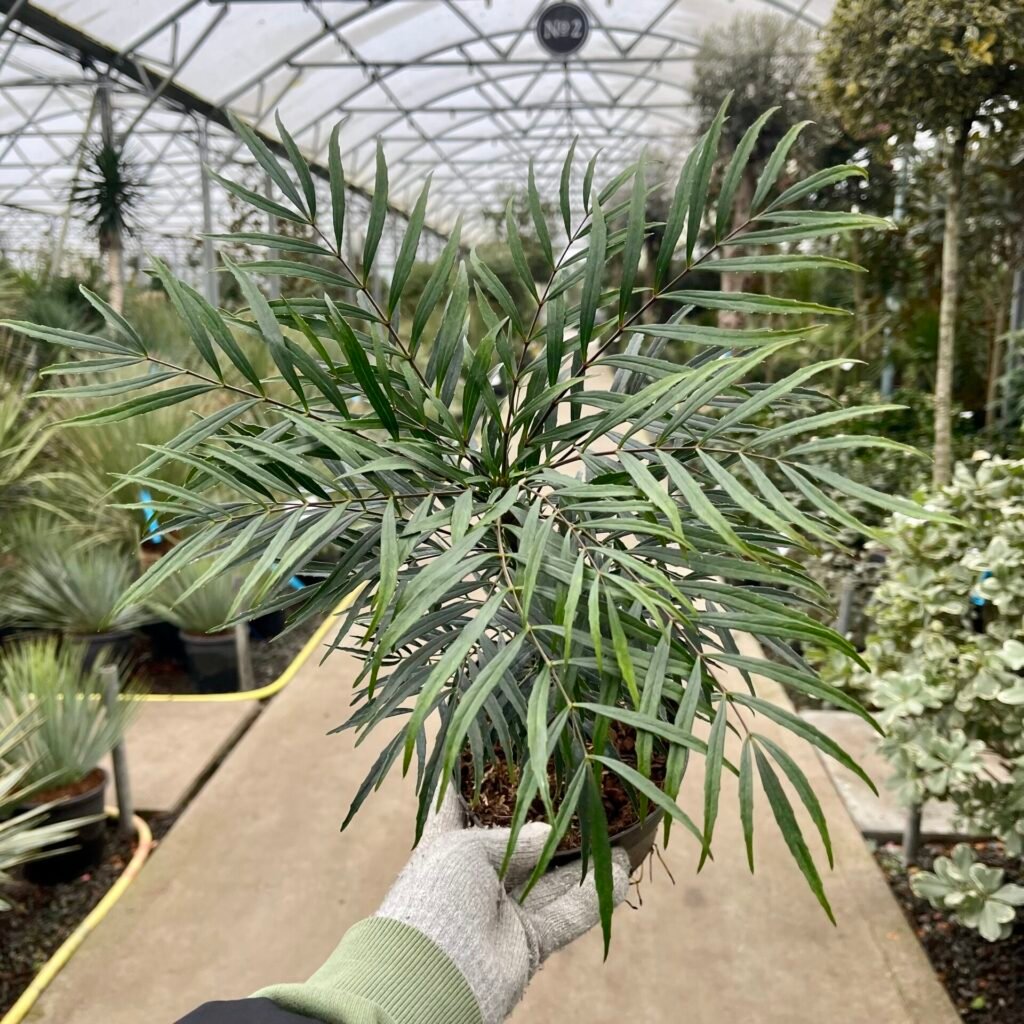
Mahonia eurybracteata ‘Soft Caress’ – elegant, textural, and feathery. Moves gracefully in the breeze.

Architecture with elegance: Yucca recurva has slender spiky leaves in a beautiful jade green which contrast wonderfully with European textures.
5. YUCCA RECURVA
A surprise entry that’s great for architecture, height, contrasting form and clay gardens. This is not the yucky yucca straining miserably toward the light at the Dentist. Put that image of these plants away, for Yucca recurva is a magnificent plant with tough credentials as long as it’s rugged characterful trunks and curving leaves. They grow quickly into very characterful shapes so they are perfect for the new homeowner. This is an easy to care for plant that also makes an impressive statement specimen and one that can really support your ideas for a developing composition. Plant one of these in your brand new plot and go from there, letting your garden evolve around it as your successes mount up. Gertrude Jekyll was fond of using a pair of these at each end of her famous borders to ‘bookend’ her otherwise more freeform, riotous planting. Can’t argue with Gertrude: plant at least two. Grows anywhere: properly anywhere, even sticky clay, and it is not bothered at all about soil type or aspect. Give it a sunny spot or a shady spot. Will weather all but the worst winters.
Have we’ve tickled your fancy with some properly tough specimens? In Part 2 we will suggest some trees and topiary plants for new homeowners.


